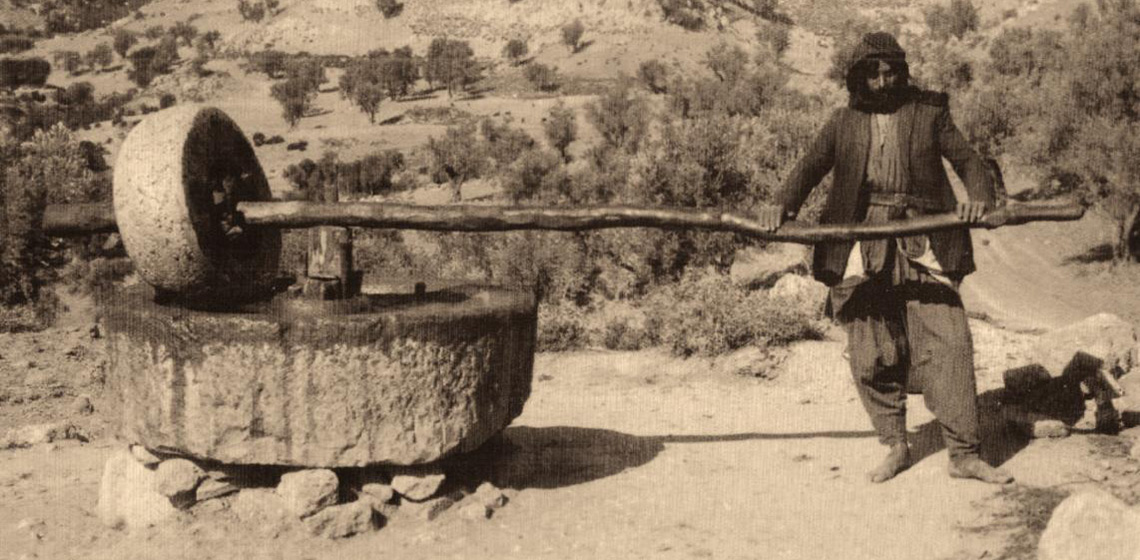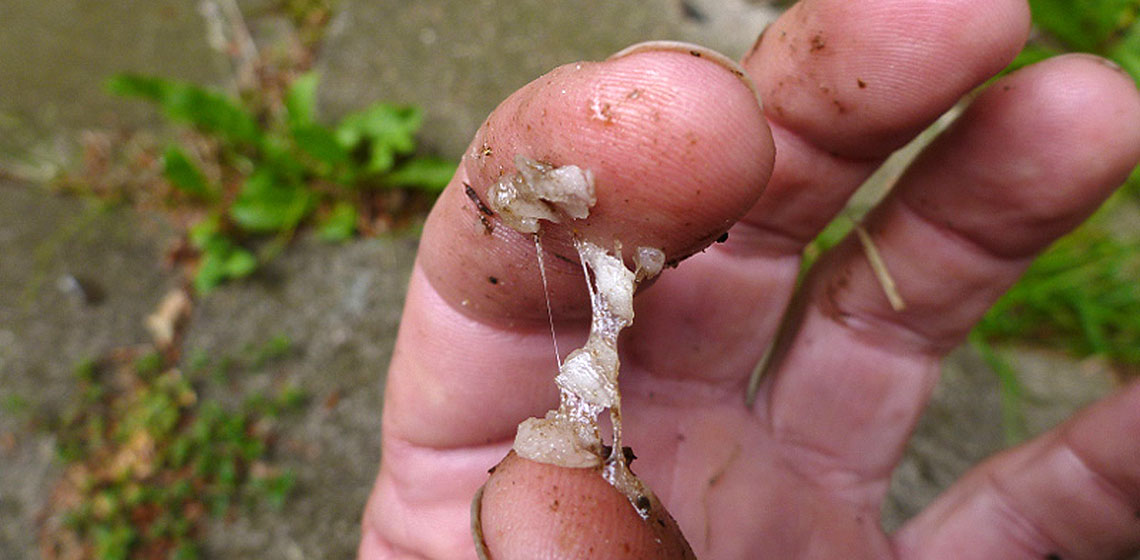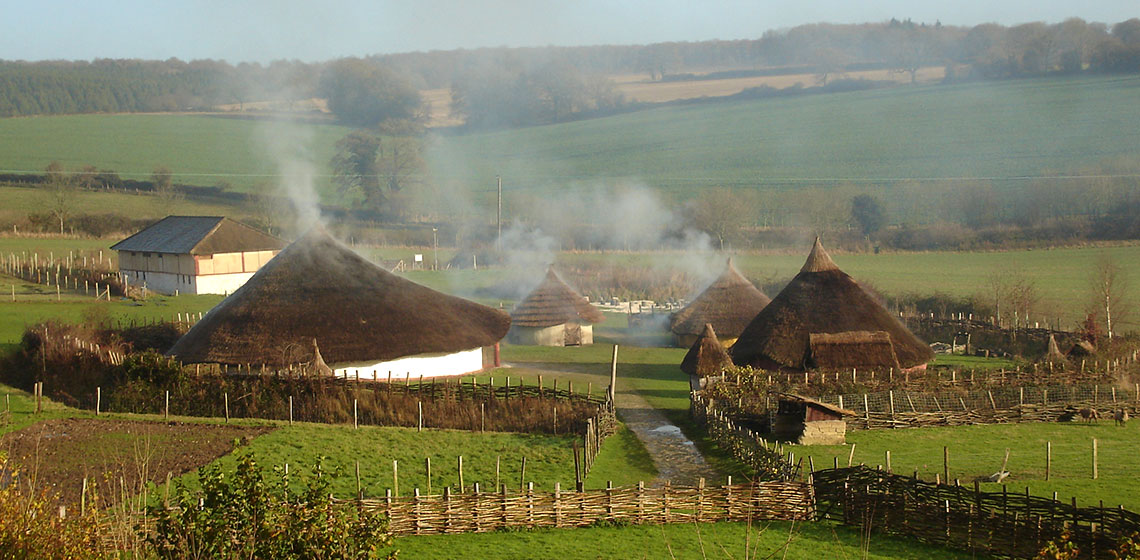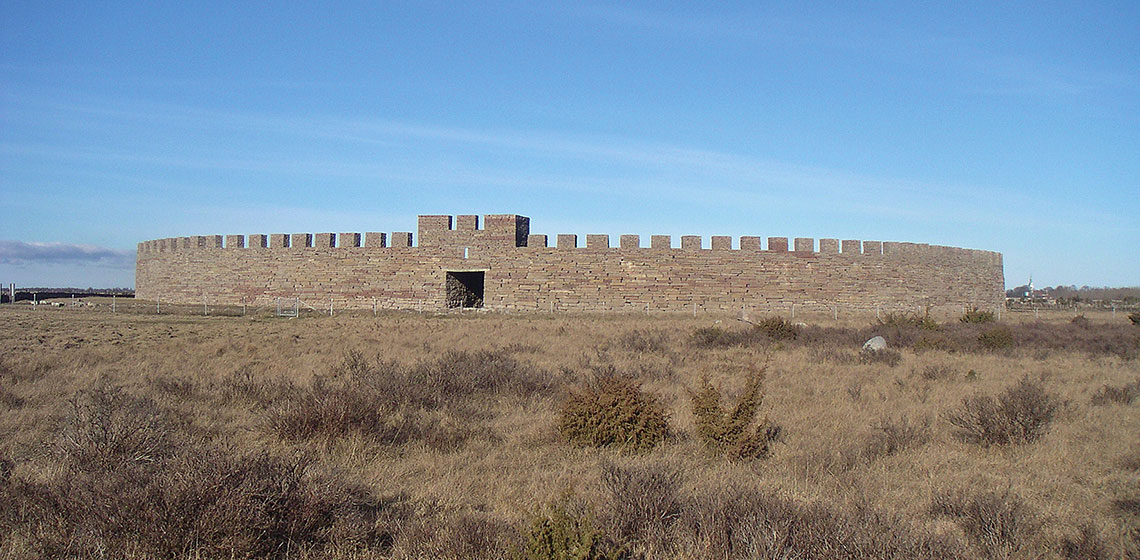animal
The Vertical Olive Crushing Mill as a Machine and its Energy Balance - A Preliminary Approach
Introduction
The vertical monolithic olive mill of the type of mola olearia which, like the Roman trapetum, first appeared during the Hellenistic era and spread all over the Graeco-Roman Mediterranean, surviving until the 20th century 1 .
Experiments on Possible Stone Age Glue Types
Butser Ancient Farm
Nestled among the rolling hills of the South Downs National Park, Butser Ancient Farm in Chalton has been an archaeological research site since 1972. The farm was originally set up on Little Butser, a spur of Butser Hill. It was established with support from the Council for British Archaeology...
To Reconstruct a Sacrificial Site
The site
Eketorp fort on southern Öland is a prehistoric ring fort excavated between 1964 and 1974. The excavations showed that the first fort on this location was built in the fourth century AD (Eketorp I). About one hundred years later, it was torn down and then re-built on the same spot. The new fifth-century ring fort (Eketorp II) served as a fortified farmers’ settlement for about 250 years until it was abandoned in the late seventh century (Borg, Näsman, & Wegraeus 1976).





